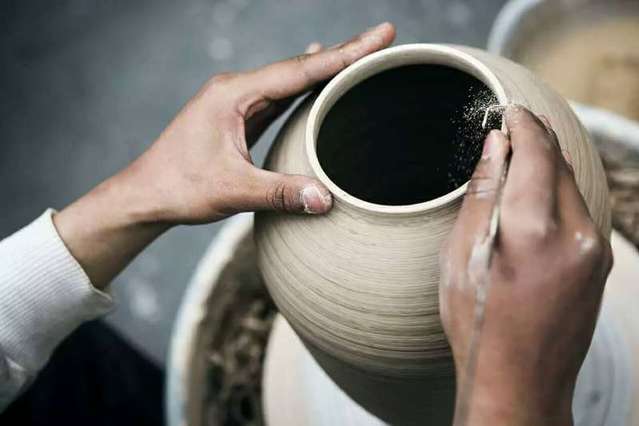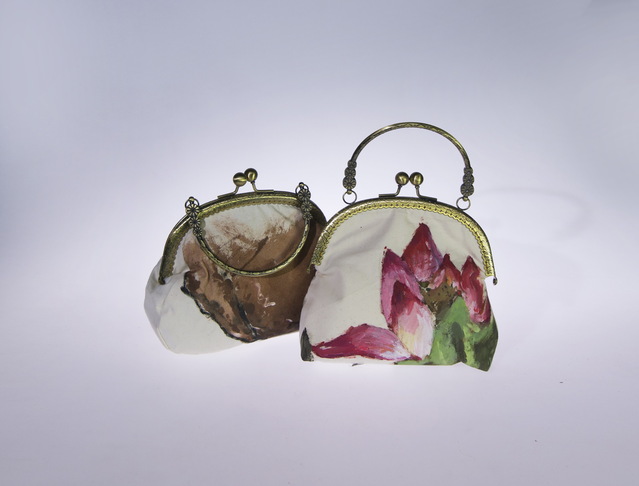
Batik and Tie-dye
Batik dyeing and tie dyeing are traditional and unique Chinese crafts for printing and dyeing processes. Batik dyeing is to dip wax knife into melt wax and use it to paint flowers on the cloth. After dyeing with blue and indigo color and removing the wax, the cloth surface presents a variety of patterns of white flowers on a blue ground or in reverse. At the same time, in the process of dyeing, wax, as an anti-dyeing agent, cracks naturally, making the cloth surface present a special “ice pattern”, which is especially charming. Tie-dyeing is a kind of dyeing technology that uses yarn, thread, rope and other tools to tie, sew, bind, stitch and clip the fabric. Its technological characteristic is that dye the fabric after it is twisted into knots by thread, and then dismantle the knotted thread.
Batik and tie-dyeing are rich in patterns, elegant in tone and unique in style. They are used to make clothing, apparel and various daily necessities, which are simple and generous, fresh and pleasant, and full of national characteristics.

Ceramic Art
China is an ancient country of ceramics. Ceramic art design is a combination of profound traditional culture and closely related to people’s real life. Ceramic art is a practical teaching course focusing on systematization, continuity, professionalism and integrity, which is divided into ceramic art design and pottery making. Ceramic design aims to cultivate students’ ability to engage in ceramic product design, improve the level of ceramic design in China, and enhance the international competitiveness of domestic ceramic products. Pottery making aims to develop traditional handicraft culture by inheriting the art and technology of traditional ceramics. It also closely integrate handicraft with people’s daily life, making art into a part of life. In addition, Tiangong University attaches great importance to cultivating students’ modern consciousness in artistic creation, fully demonstrating their artistic personality, and exploring various possibilities of ceramic materials.

Textile Intangible Cultural Heritage
Chinese textile originates from the traditional textile technology. The reason why Chinese textile can take the lead in the world is due to our strong traditional textile technology, generations of hard-working textile people and their textile spirit. Textile and apparel discipline in Tiangong University enjoys a good reputation throughout the country. Our university pays high attentions to the protection, inheritance, research, rescue of textile intangible cultural heritage with its development. Non-hereditary inheritors are trained simultaneously with new ones. Through guarding non-heritage, we can cultivate characteristic campus culture, stimulate non-heritage vitality and create an important position for inheriting non-heritage.


